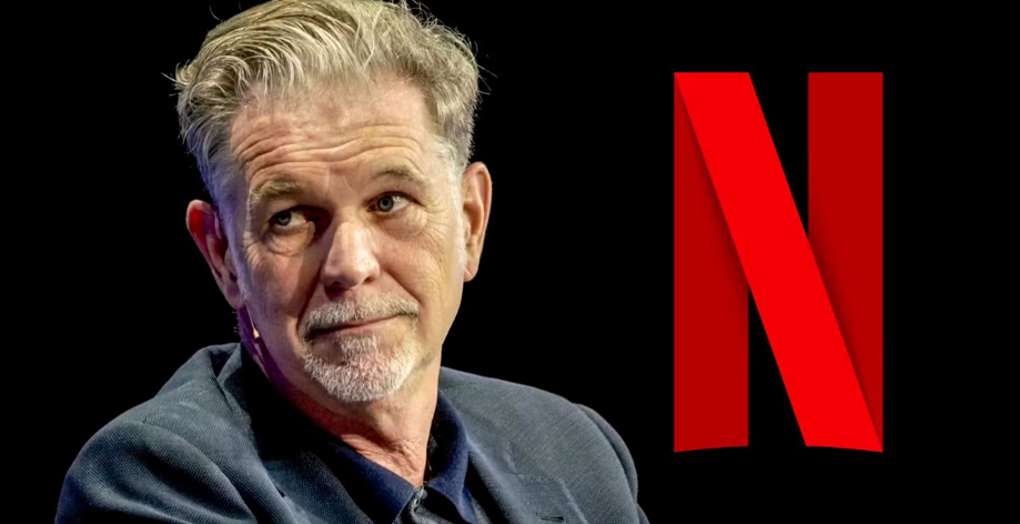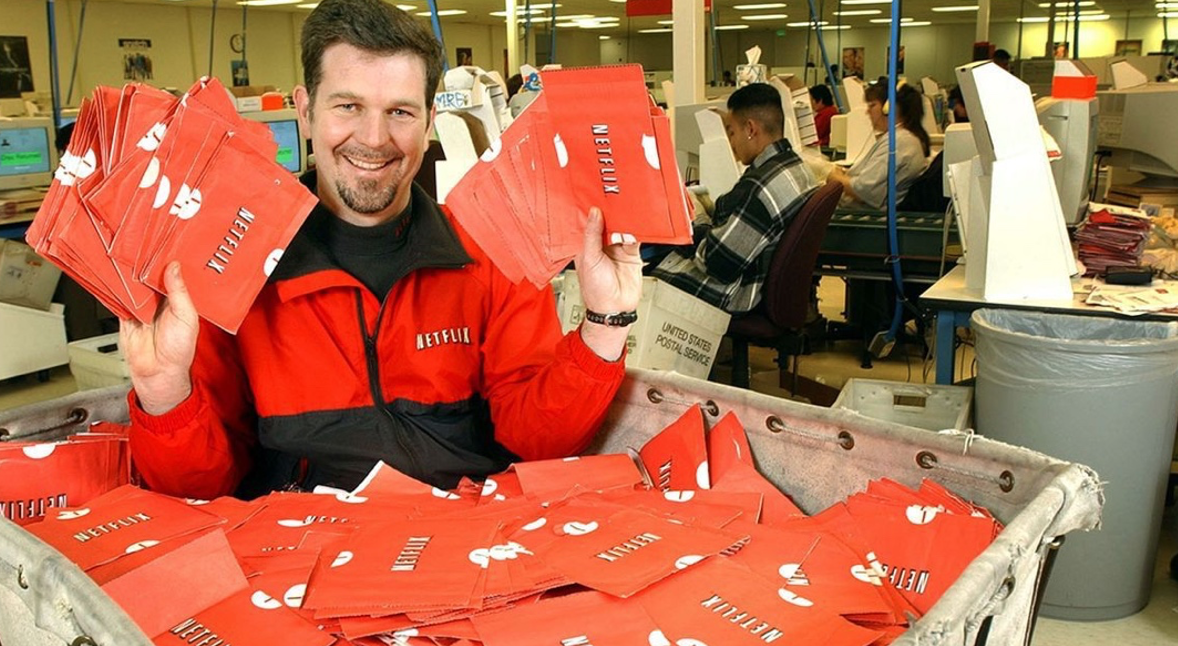Netflix

How did a $40 late fee inspire one of the biggest revolutions in entertainment history? Talking about the story of Reed Hastings, the visionary behind Netflix, and how he transformed a simple idea into a global streaming empire. Presented by Assaf Algowaiz and Layan

Reed Hastings was born on Oct 8, 1960, in Boston, Massachusetts, to a well-off family. After graduating high school in 1978, he worked as a door-to-door vacuum cleaner salesman, where he developed strong communication and persuasion skills.
After an unconventional job, he earned a math degree from Bowdoin College in 1983. In 1988, he completed a master’s in AI at Stanford, fueling his passion for tech & entrepreneurship.
In 1991, Hastings founded his first company, Pure Software, which focused on developing tools to detect software bugs. The company grew rapidly, but Hastings faced management challenges due to its fast growth and his lack of leadership experience.
In 1997, Pure Software merged with another company and was eventually sold. Hastings, looking for his next venture, found inspiration after being charged a $40 late fee for returning a Blockbuster video late. That frustration sparked the idea for Netflix.
Hastings wondered: Why should people pay late fees for minor delays? What if there was a more flexible way to watch movies? In 1997, he teamed up with Marc Randolph to launch Netflix, a DVD rental service by mail, with no late fees or return deadlines

Netflix officially launched on Aug 29, 1997, with a subscription model that let customers rent unlimited DVDs for a monthly fee. It was a revolutionary concept in an era dominated by Blockbuster, which relied heavily on late fees for revenue.
In 2000, Hastings offered to sell Netflix to Blockbuster for $50M. Blockbuster rejected the deal, dismissing the subscription model. This decision is now considered one of the biggest business mistakes in history, as Netflix went on to redefine entertainment.
Despite challenges, Netflix evolved. By 2007, Hastings recognized the future was online, transforming Netflix into a streaming platform. That year, Netflix launched its streaming service, revolutionizing how people consumed entertainment forever.
In 2013, Netflix took a major strategic step by producing original content, reducing reliance on licensed shows from studios. This move gave Netflix an exclusive library and allowed them to use AI to personalize user experiences and recommendations.
Between 2015-2023, Netflix expanded globally, reaching 190 countries and investing in local productions to attract diverse audiences. The company also improved its streaming technology to enhance the viewing experience for millions worldwide

With competitors like Disney+ and Amazon Prime emerging, Netflix faced slowing growth. Yet, it continues to produce high-quality content, explore new business models, and maintain its status as a leader in the streaming industry.
In Jan 2023, Hastings stepped down as CEO but stayed on as Chairman of the Board. He remains active through his Hastings Fund, which focuses on tech and education investments, while Netflix continues to innovate under new leadership.

Hastings has been recognized for his impact, earning awards like “Person of the Year” (Financial Times, 2020), “Best CEO” (Harvard Business Review, 2018), and “Most Influential Entrepreneur” (Forbes, 2012).

Sources: